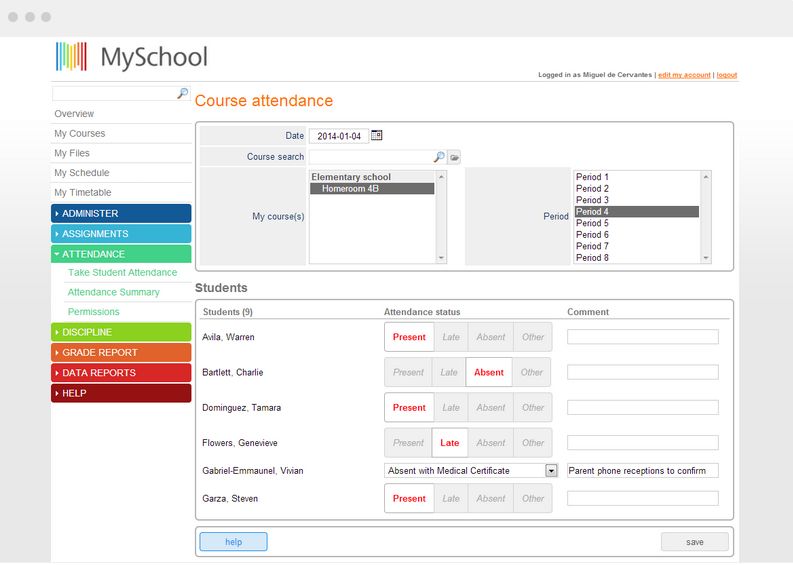

ISM analyzed 28,477 parent responses across 95 schools. Student NPS Ranges by Grade Levels Parent Instead, compare scores within the groups indicated in Table 1. An aggregate, student NPS for grades 5–12 is never advised. For example, a score of 15 would be in the “Critical” range for grades 5–6, in the “Good” range for grades 7–8, and considered “Great” for high school respondents. ISM’s NPS student ranges reflect the variance based on grade level. The distribution of Net Promoter Scores significantly shifts downward from upper grades. As with other ISM student surveys, such as the Student Experience Profile, a distinct and consistent pattern of responses emerged in which older students are less likely to be “promoters” and more likely to be “detractors.” This is in line with a long-standing finding that with each successive year students are in school, the more they report disliking the experience. More than 26,000 students in grades 5–12 responded to ISM surveys over the course of the study. The distributions of scores were analyzed and then compared to other known measures of school performance to validate the labels.

Drugstores, for example, have a notoriously low NPS average, while department store averages are much higher.įor more than three years, ISM has tracked scores for private schools within three constituent groups-parents, students, and teachers-to establish range descriptors for each. However, it is clear from other industries that each has its own benchmark and ranges differ significantly. In a previous article, we advised schools to use the generally prescribed benchmarks for the Net Promoter Score (across all industries), which are 0–50 (good), 50–70 (excellent), and 70–100 (world class). The higher an organization’s score, the stronger their customer loyalty and healthier their word-of-mouth grapevine. Survey participants responding with 0–6 are considered “detractors,” responses of 7–8 are classified as “passives,” and ratings of 9–10 are termed “promoters.” The NPS is determined by subtracting the percentage of detractors from the percentage of promoters, yielding a potential score ranging from -100 (all respondents are detractors) to 100 (all are promoters). 1 For schools, the NPS is based on the responses to a single question that asks the likelihood, on a scale of 0–10, that the person will “recommend the school to a friend or family member.” Because a score can be determined from a single item, NPS surveys can be conducted quickly, more frequently, and with less likelihood of survey fatigue. One solution for monitoring consumer satisfaction across industries is the Net Promoter Score Survey (NPS®). However, conducting comprehensive, full-scale surveys for all constituent groups is something schools may not be able to do annually. Your parents’ and students’ satisfaction also has a significant influence on whether families decide to enroll year-to-year. This is because word-of-mouth referrals remain the dominant way prospective parents are drawn to a private school. While advancing your school’s mission and delivering on the Portrait of the Graduate are your primary goals, constituent satisfaction is also key. ISM has helped thousands of schools conduct surveys to understand what parents, students, and teachers think about their schools. Schools need leading indicators of enrollment demand for myriad reasons, not the least of which is to plan and prepare for the admission cycle. Directors & Officers for Small Businesses.Directors & Officers for Private Schools.Wellness in Independent Secondary Education (WISE) Program.International Student Accident & Sickness.International Advancement Certification Program.Parent, Applicant, and Attrition Surveys.


 0 kommentar(er)
0 kommentar(er)
